(NLDO) - Determining the age of the ancient tomb of the "Lapedo child" in Portugal has confused scientists .
Writing in the scientific journal Science Advances , a team of researchers said they had successfully dated the famous "Lapedo child" burial, a hybrid individual of the two species buried in Portugal.
The results showed that the grave was made about 28,000 years ago. And it started another problem: One of the two human species from which this child was descended was thought to have become extinct 40,000 years ago.
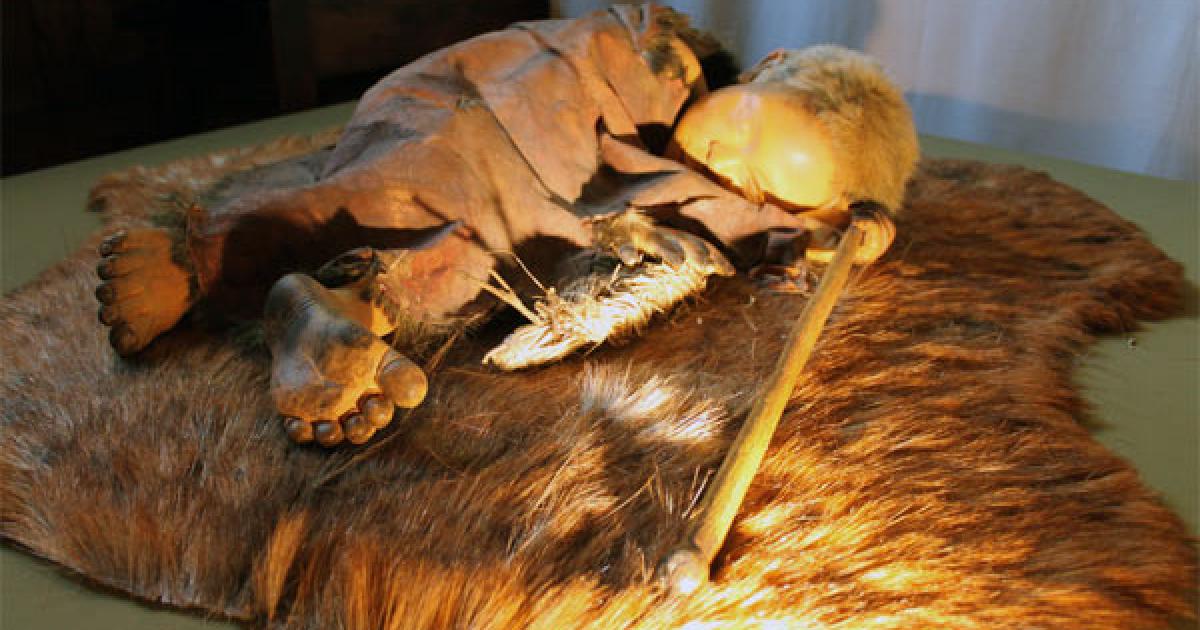
The statue depicting the "Lapedo child" from the tomb has just been determined to be 28,000 years old - Photo: ANCIENT ORIGINS
The "Lapedo child" grave was excavated in 1998 and immediately attracted the attention of scientists around the world when the skeleton clearly showed mixed characteristics of two different human species.
The skeleton is that of a child, with a protruding chin like modern Homo sapiens but short, stocky legs like Neanderthals, and many other characteristics of one of the two species.
Decades later decoding of ancient human DNA confirmed that the child was a hybrid, the result of interbreeding, which happened frequently between our ancestors and extinct human species.
A major drawback in studying burial sites associated with ancient humans is the difficulty in accurately dating the remains. Over tens of thousands of years, contamination from surrounding materials is inevitable.
Four previous attempts by researchers to narrow down the burial timeframe involved traditional radiocarbon dating, but the results were unsatisfactory.
Now, using a new method called compound-specific radiocarbon analysis (CSRA), researchers have determined that the "Lapedo child" is thousands of years older than originally estimated.
The precise dating of hybrid remains provides valuable information for shaping human history, including how alien genes entered and were preserved over millennia in modern human populations.
The way the tomb was constructed is also interesting. It was a complex ritual, with a young rabbit placed on top of the child's remains as an offering. There were also red deer bones placed near the shoulders, and charcoal at the feet.
The site where the child was buried was abandoned for nearly two millennia afterward.
"The child's death may have made the area taboo or unsuitable for regular hunting activities, causing people to stay away until the event faded from social memory," researcher João Zilhão from the University of Barcelona (Spain) told Live Science.
Source: https://nld.com.vn/ngoi-mo-28000-nam-chon-cat-nguoi-lai-giua-2-loai-196250309100255248.htm




![[Photo] Students of Binh Minh Primary School enjoy the full moon festival, receiving the joys of childhood](https://vphoto.vietnam.vn/thumb/1200x675/vietnam/resource/IMAGE/2025/10/3/8cf8abef22fe4471be400a818912cb85)

![[Photo] Prime Minister Pham Minh Chinh chairs meeting to deploy overcoming consequences of storm No. 10](https://vphoto.vietnam.vn/thumb/1200x675/vietnam/resource/IMAGE/2025/10/3/544f420dcc844463898fcbef46247d16)



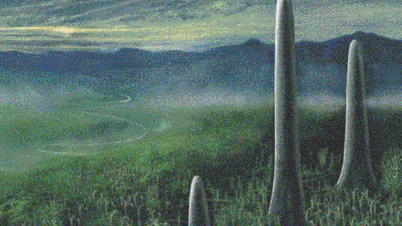



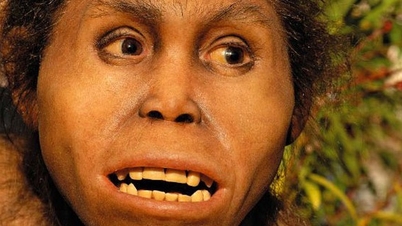










































































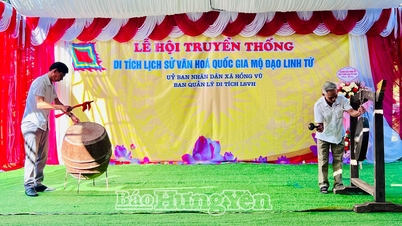
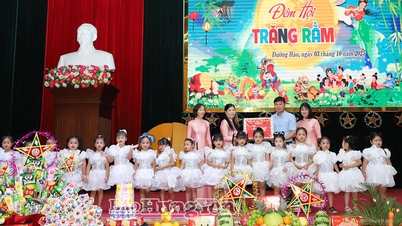












Comment (0)